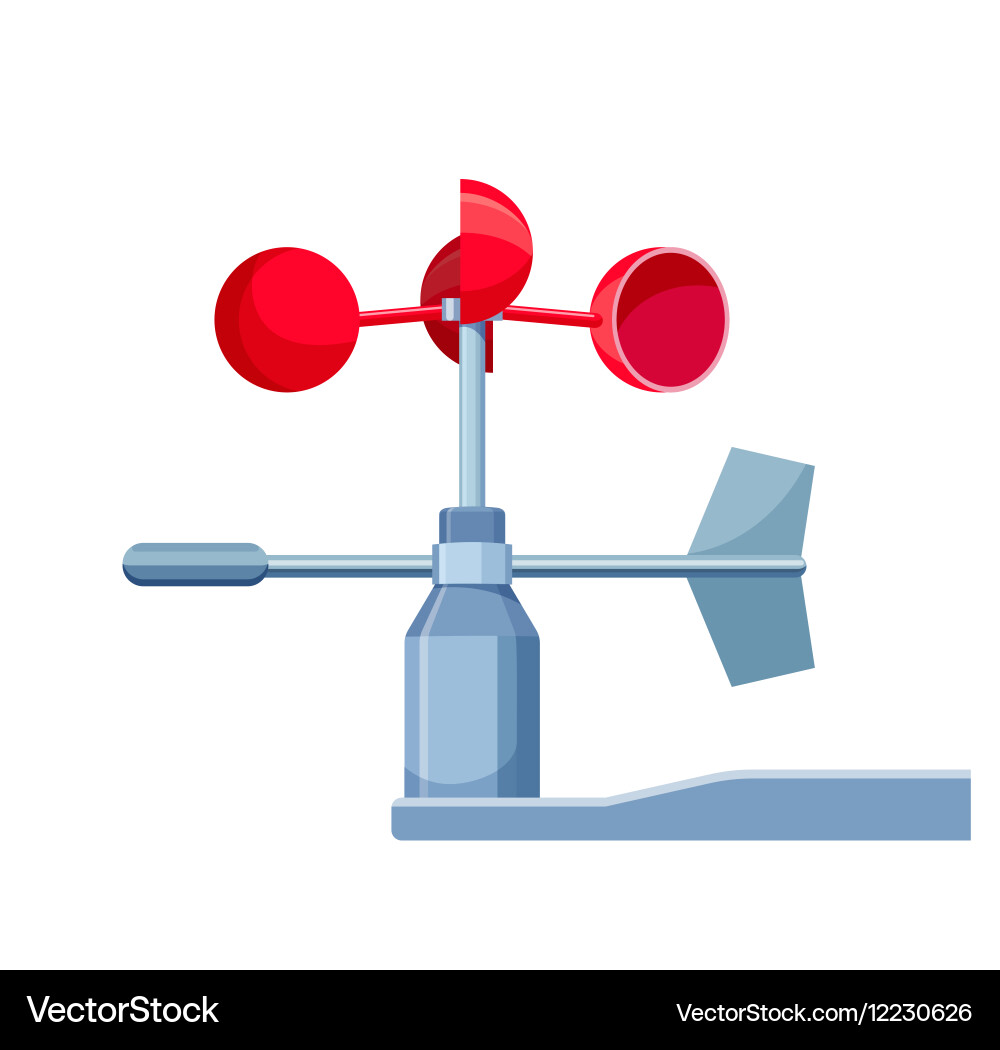Understanding Different Sorts Of Anemometers for Different Applications
Understanding Different Sorts Of Anemometers for Different Applications
Blog Article
All You Need to Know Concerning Anemometers: Just How They Work, Why They Matter, and Where to Make use of Them
Anemometers, however often forgotten in the realm of clinical instruments, play a crucial function in numerous fields, providing valuable insights right into wind rate and air movement patterns. As we dive into the details of anemometer technology, we will certainly uncover the inner operations of these tools, their relevance, and the crucial factors to consider when choosing the ideal anemometer for particular applications.

Anemometer Basics
An essential instrument made use of to determine wind speed and instructions, the anemometer plays a critical duty in meteorology and numerous industries. An anemometer normally is composed of 3 or 4 mugs that rotate in the wind, a vane that aims right into the wind, and sensing units to track the activities or rotations.
There are numerous kinds of anemometers offered, consisting of cup anemometers, vane anemometers, hot-wire anemometers, and sonic anemometers, each with its one-of-a-kind functions and applications. Mug anemometers are generally made use of for basic wind rate measurements, while vane anemometers are chosen for directional measurements. Hot-wire anemometers are suitable for low airspeeds, and sonic anemometers are perfect for high-precision measurements in research study and commercial setups. Recognizing the basics of anemometers is crucial for precise wind data collection and analysis throughout various industries.
Concepts of Anemometer Operation
Building on the foundational understanding of anemometer fundamentals, the principles of anemometer operation elucidate the technicians behind wind speed and direction dimensions. Anemometers operate on the concept of airflow affecting a sensor, creating it to turn. Mug anemometers, for instance, have 3 or even more mugs that record the wind, creating them to rotate much faster as the wind speed increases. The turning rate is then exchanged a wind speed measurement. Vane anemometers, on the other hand, utilize a tail or a probe that straightens itself with the wind instructions, giving a dimension of wind instructions based upon the orientation of the sensor. Hot-wire anemometers rely upon a heated cable that cools down as wind passes over it, with the rate of cooling figuring out the wind rate. Ultrasonic anemometers measure wind speed and direction by examining the time it considers ultrasonic signals to travel between transducers. Comprehending these principles is important for reputable and exact wind dimensions in different applications.
Relevance of Anemometers
Anemometers play a critical duty in measuring wind speed and instructions, offering vital data for weather condition forecasting, climate research studies, ecological monitoring, and air travel procedures. Meteorologists depend on anemometers to gather precise wind information, assisting them recognize climate patterns, forecast tornados, and problem prompt cautions to the public. Wind farm operators use anemometers to evaluate wind conditions and make the most of power manufacturing from wind generators.
Applications Throughout Different Industries
In the sustainable power industry, anemometers play a critical role in evaluating wind problems for wind ranch placements, guaranteeing optimal energy production. Industries like building and mining make use of anemometers to keep an eye on wind rates, important for security protocols, especially when functioning at heights or in open-pit mines where strong winds can posture dangers. In farming, anemometers help farmers in handling crop splashing by providing real-time data on wind rate to prevent drift.

Choosing the Right Anemometer for Your Requirements
Picking the suitable anemometer tailored to your specific needs is vital for getting precise wind rate and instructions additional hints measurements. When picking an anemometer, take into consideration aspects such as the intended application, called for measurement range, environmental conditions, and preferred features. For general objectives, a mug anemometer is suitable for measuring wind rate, while a vane anemometer provides wind direction information. Hot-wire anemometers are suitable for low airspeed dimensions, and ultrasonic anemometers provide high precision and durability.

Final Thought
In verdict, anemometers play a crucial role in measuring wind speed and direction across numerous sectors. It is crucial to think about the relevance of anemometers in order to make enlightened decisions when choosing the most appropriate tool for determining wind conditions.
There are different types of anemometers readily available, including cup anemometers, vane anemometers, hot-wire anemometers, and sonic anemometers, each with its unique features and applications. Mug anemometers are generally utilized for basic wind rate dimensions, while vane anemometers are favored for directional measurements. Hot-wire anemometers are ideal for low airspeeds, and sonic anemometers are ideal for high-precision measurements in research and industrial settings.Building my latest blog post on the foundational understanding of anemometer essentials, the principles of anemometer procedure elucidate the mechanics behind wind speed and direction measurements. For general objectives, a cup anemometer is appropriate for determining wind rate, while a vane anemometer provides wind instructions information.
Report this page